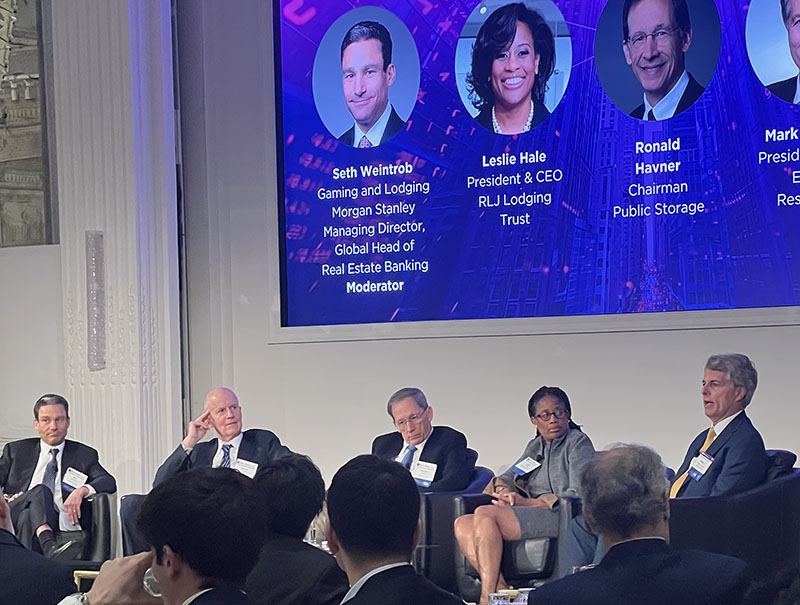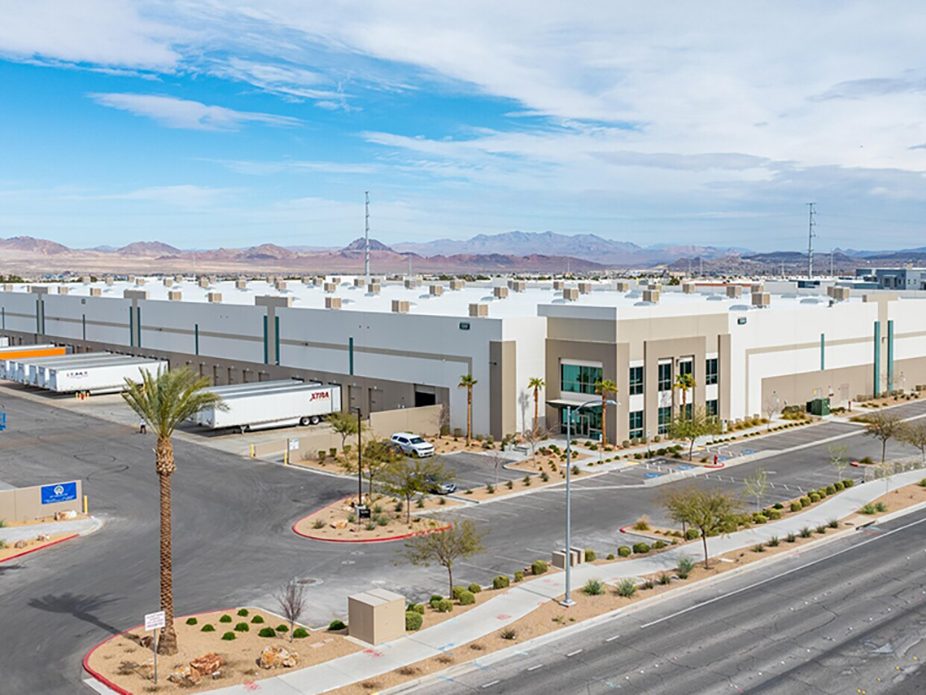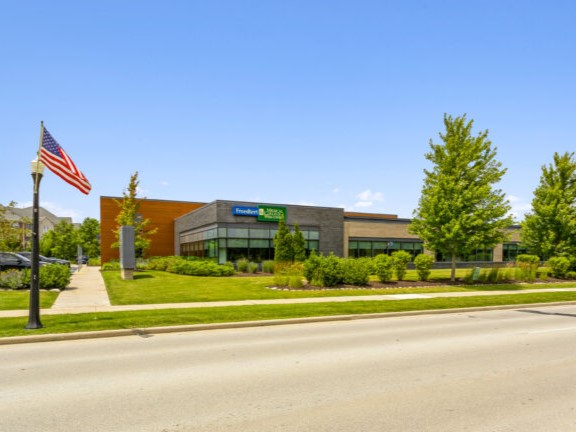Why Retail Is Back In Focus for Investors
JLL's Scott Aiese on why debt and equity capital is enthusiastically shopping the sector again.

Long sidelined among fast-growing industrial, multi-housing and pre-COVID office assets, retail is emerging as a powerful option among investors seeking to take advantage of a healthy asset class with meaningful long-term tailwinds.
With continued distress anticipated in the office sector, commercial lender sentiment is shifting towards retail as a means of rebalancing portfolios with strong yielding loans to established sponsors with sustainable growth strategies.
Retail as an asset class fell out of favor with investors during the much-heralded retail apocalypse that began around 2010 following the great financial crisis and a slew of retailer bankruptcies. Notwithstanding the impact of the pandemic, many retailers not only survived but thrived. As consumer spending shifted from necessities and essentials to home furnishings, sporting goods and various soft good concepts, retailers experienced and embraced the critical importance of a sound omni-channel strategy.
Over the decades, retail has constantly reinvented itself. Mom and pop shops once served as the anchor for communities across the country; department stores brought furs and jewelry to fashionable women of the high street; the first malls rose to popularity as the automobile became a mainstay of life; and big box brought self-service discounts to bigger populations looking for no-frills convenience.
While retailers were focused on adjusting to the great digital shift in consumer preferences, brick-and-mortar also underwent a sea change. Approximately 500 million square feet of retail space was delivered to the market between 2006 and 2009, but in the 14 years since, just 334 million square feet have been developed, a decline of more than 80 percent on an annual basis. Significantly, another 200 million square feet of retail space has been removed from the market, either demolished or repurposed. JLL’s Q3 National Retail Outlook revealed that there is now less space available for lease in shopping centers around the country than at any other time since before the Great Recession of 2008.
Those near-peak occupancy levels, nominal new supply and an expansion-minded retailer industry, are creating unprecedented retail demand and rent growth across the country.
Solid ground once again
This shift in supply/demand fundamentals has created an opportunity for lenders and investors as brick-and-mortar retailers find solid ground and adjust to meet the challenges of modern-day shopping trends.
Several factors have contributed to this resurgence and to continued favorable conditions.
Consumer demand: Despite the shift towards online shopping, consumer demand remains high for food and beverage, essential services and leisure activities and for the experience of shopping in physical stores.
E-commerce adaptation: Those retailers that have successfully integrated e-commerce with their physical stores to create an omnichannel shopping experience are thriving.
Limited supply: There is a shortage of prime retail space in many areas, leading to low vacancies and higher rents. Vacancies are at historic lows, making available vacancies competitive, especially for anchor and junior anchor spaces.
Changing tenant mix: Retail centers increasingly include entertainment, dining, fitness and services, diversifying income sources and creating more dynamic tenant offerings for consumers.
Those conditions are driving new transactions and JLL is experiencing strong debt liquidity across deal sizes, profiles and geographies. Lenders are showing interest in well-located assets with strong sponsors that are now poised to benefit from the segment’s tailwinds.
Newfound liquidity
Earlier this year, JLL arranged a $153 million balance sheet acquisition loan secured by the Naples Portfolio, a collection of 24 cash-flowing, mixed-use assets located in the core entertainment districts of Naples, Florida. The portfolio totals 253,280 RSF of irreplaceable real estate on 5th Avenue, one of the most prestigious shopping destinations in South Florida.
Local banks and insurance companies have been an active source of debt capital in the retail space in recent years, but CMBS lenders have reemerged as active participants in the sector.
Retail has accounted for a larger portion of recent CMBS conduit securitizations, accounting for 16 percent of production between 2017-2019 vs. 23 percent through Q3 2023 YTD. CMBS lenders are looking to retail as a source of product diversification away from office loans, which have decreased from 31.4 percent between 2017-2019 to 21 percent through Q3 2023 YTD.
For large loans, the single-asset single borrower market is experiencing an even more pronounced shift away from office, where office represented 31 percent of SASB loans ($11.8 billion per year) between 2017-2019 vs. 3 percent of SASB production ($400 million) through Q3 2023 YTD.
Retail real estate is an ideal pivot for institutions able to deploy capital into the asset class as lenders or investors and find valuations compelling on a replacement cost, as well as a risk-adjusted yield basis. Looking at forward fundamentals, retail remains undersupplied, rents are low relative to increasing sales and momentum points to favorable mark-to-market potential on leases over the coming years. As values remain significantly below replacement cost, an opportunity exists for lenders and investors to increase allocations in the space.
Despite challenges in the broader credit markets, we believe this dearth of supply and strong consumer demand points to a long runway of growth and an opportunity for investors to take advantage of improving conditions. We expect to see more capital flowing into the retail sector in 2024 as volatility persists in other property types.
Scott Aiese is senior managing director, JLL Capital Markets.







You must be logged in to post a comment.